Solutions
Products
-

Primary mobile crushing plant
-

Independent operating combined mobile crushing station
-

Mobile secondary crushing plant
-

Fine crushing and screening mobile station
-

Fine crushing & washing mobile station
-

Three combinations mobile crushing plant
-

Four combinations mobile crushing plant
-

HGT gyratory crusher
-

C6X series jaw crusher
-

JC series jaw crusher
-

Jaw crusher
-

HJ series jaw crusher
-

CI5X series impact crusher
-

Primary impact crusher
-

Secondary impact crusher
-

Impact crusher
-
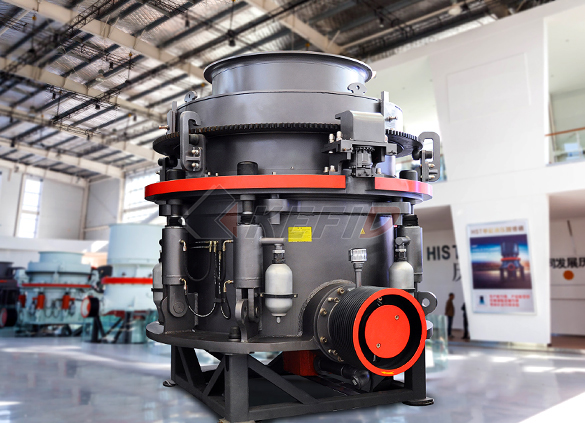
HPT series hydraulic cone crusher
-

HST hydraulic cone crusher
-

CS cone crusher
-
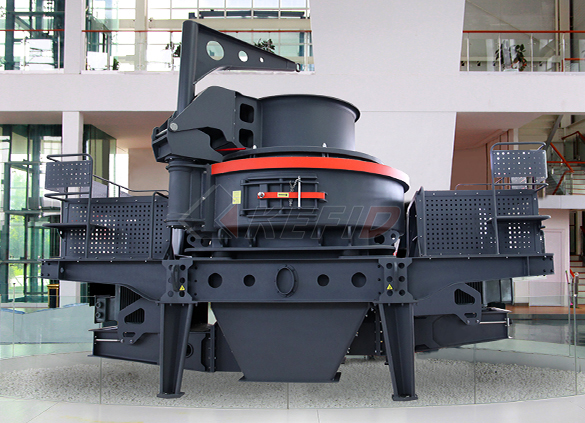
VSI6S vertical shaft impact crusher
-

Deep rotor vsi crusher
-

B series vsi crusher
-

Vertical grinding mill
-

Ultra fine vertical grinding mill
-
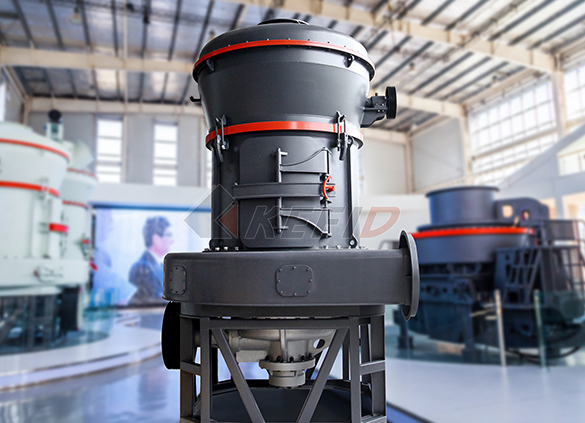
MTW european grinding mill
-
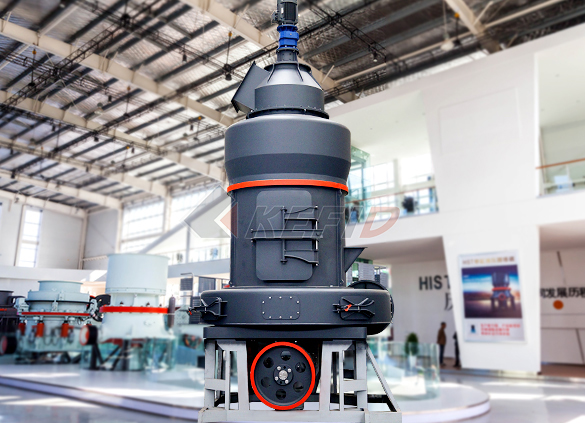
MB5X158 pendulum suspension grinding mill
-

Trapezium mill
-

T130X super-fine grinding mill
-

Micro powder mill
-

European hammer mill
-

Raymond mill
-

Ball mill
-

GF series feeder
-

FH heavy vibrating feeder
-

TSW series vibrating feeder
-

Vibrating feeder
-

Vibrating screen
-

S5X vibrating screen
-

Belt conveyor
-

Wheel sand washing machine
-

Screw sand washing machine
-

Rod mill
-

Dryer
-

Rotary kiln
-

Wet magnetic separator
-
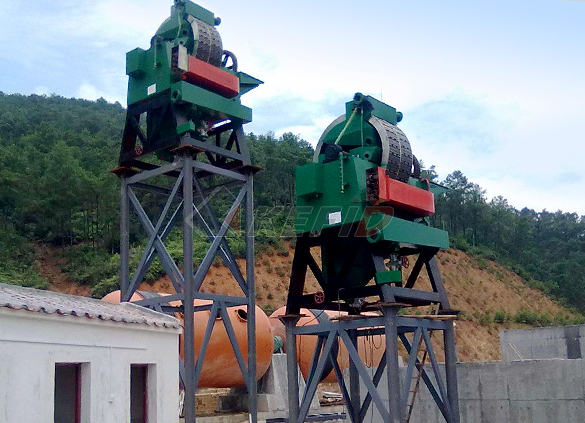
High gradient magnetic separator
-

Dry magnetic separator
-

Flotation machine
-

Electromagnetic vibrating feeder
-

High frequency screen

Mill’s Methods of Experimental Inquiry StudiesToday
Mill’s Methods of Experimental Inquiry Need for establishing causal relations To establish the causal relationship is the distinguishing mark of Scientific Induction Inductive reasoning is based on the assumption that there is a Universal Principle of Causation according to which things are connected in a If two or more instances of the phenomenon under investigation have only one circumstance in common, the circumstance in which alone all the instances agree, is the cause (or effect) of the given phenomenon — John Stuart Mill, Mill, John Stuart (1843) A System of Logic, Vol 1 John W Parker p 454For a property to be a necessarycondition it must always be present if the effect is present Since this is so, then we are interested in looking at cases where the effect is present and taking note of which propMill's Methods WikipediaJohn Stuart Mill’s (1806‒1873) Methods With his methods of experimental inquiry, it was J S Mill’s (1806‒1873) aim to develop means of induction that would promote a search for causes (Flew, 1984) Mill recognized induction as a process whereby one generalizes from experience but it John Stuart Mill SAGE Publications IncDec 16, 2010 J S Mill proposed a set of Methods of Experimental Inquiry that were intended to guide causal inference under every conceivable set of circumstances in which experiments or observations could be carried out The conceptual and historical relationship between these Methods and modern models of causal attribution is investigatedCausal attribution and Mill's Methods of Experimental Volume 39 Issue 3 (September 2000), Pages 313465 Causal attribution and Mill's Methods of Experimental Inquiry: Past, present and prospect (pages 429447) Author(s): Peter A WhiteCausal attribution and Mill's Methods of Experimental

Mill's methods logic Britannica
Mill’s methods, Five methods of experimental reasoning distinguished by John Stuart Mill in his System of Logic (1843) Suppose one is interested in determining what factors play a role in causing a specific effect, E, under a specific set of circumstances The method of agreement tells us to look for factors present on all occasions when E Jan 09, 2018 Experimental Method Duration: 6:41 What is Hegel's dialectical method? [Part 1 Antonio Wolf 34,235 views 5:51 Section 52 Introducing Mill's Methods Duration: 6:13 Robert Fudge J S Mill’s Inductive Method YouTubeBelow, I list John Stuart Mill’s five “Methods of Experimental Inquiry” [1]; then I try to expose and evaluate them It should be noted that though my approach is at times critical, my main intent is to clarify; I am more interested in Mill’s achievements, than in his apparent mistakesMill's Methods Logic Philosophy SpiritualityMill’s Methods In the early 19 th century, the philosopher John Stuart Mill identified the following four (or five) informal methods for establishing causal connections between types of events 1 The Method of Agreement: Consider how epidemiologists attempt to converge on an alleged cause for some disease outbreak (for instance, the recent endoscopy scare in Southern Nevada)Mill’s Methods University of Nevada, Las VegasMILL'S METHODS OF INDUCTION John Stuart Mill, in his System of Logic (Book III, Chapters 8 – 10), set forth and discussed five methods of experimental inquiry, calling them the method of agreement, the method of difference, the joint method of agreement and difference, the method of residues, and the method of concomitant variation Mill maintained that these are the methods by which we Mill's Methods of Induction Encyclopedia

Causal attribution and Mill's Methods of Experimental
J S Mill proposed a set of Methods of Experimental Inquiry that were intended to guide causal inference under every conceivable set of circumstances in which experiments or observations could be carried out The conceptual and historical relationship between these Methods and modern models of causal attribution is investigated Mill's work retains contemporary relevance because his insights Dec 16, 2010 J S Mill proposed a set of Methods of Experimental Inquiry that were intended to guide causal inference under every conceivable set of circumstances in which experiments or observations could be carried out The conceptual and historical relationship between these Methods and modern models of causal attribution is investigatedCausal attribution and Mill's Methods of Experimental Volume 39 Issue 3 (September 2000), Pages 313465 Causal attribution and Mill's Methods of Experimental Inquiry: Past, present and prospect (pages 429447) Author(s): Peter A WhiteCausal attribution and Mill's Methods of Experimental Below, I list John Stuart Mill’s five “Methods of Experimental Inquiry” [1]; then I try to expose and evaluate them It should be noted that though my approach is at times critical, my main intent is to clarify; I am more interested in Mill’s achievements, than in his apparent mistakesMill's Methods Logic Philosophy SpiritualityJan 09, 2018 Experimental Method Duration: 6:41 What is Hegel's dialectical method? [Part 1 Antonio Wolf 34,235 views 5:51 Section 52 Introducing Mill's Methods Duration: 6:13 Robert Fudge J S Mill’s Inductive Method YouTube

Mill's Methods Wikipedia
Mill's Methods are five methods of induction described by philosopher John Stuart Mill in his 1843 book A System of Logic They are intended to illuminate issues of causation The methods Direct method of agreement If two or more instances of the phenomenon under investigation have only one circumstance in common, the circumstance in which mill s method of experimental inquiry Types Of Quantitative Research for Students and Researchers Jun 09, 2014 As always the use of statistical analysis is engaged to synthesize the data in a clear method for presentation Experimental Research Though questions may be posed in the other forms of research, experimental research is guided mill s method of experimental inquiry collimateurbeMill’s System of Logic orderly eventfollowings that are the only causes Mill believes in fact: In Mill’s usage a ‘fact’ can be a state of affairs or an event or a proposition (not necessarily true) asserting the existence of a state of affairs or event In the present version, no attempt is made to sort all this outA System of Logic Early Modern Texts밀의 방법(Mill's Methods)은 철학자 존 스튜어트 밀이 1843년 저서 《논리의 구조》의 제8장 '실증적 4가지 방법"(Of The Four Methods Of Experimental Inquiry)에서 소개한 다섯 가지 귀납의 방법이다 이 방법들은 인과관계를 명확히 밝히는 것을 목적으로 하기에 '인과적 귀납법'이라고도한다밀의 방법 위키백과, 우리 모두의 백과사전Mill’s Methods for Experimental Inquiry were developed by John Stuart Mill to investigate the causes of scientific phenomena Hypothetical Scientific Reasoning is used when scientists form theories about the world and test their theories with experimentsFallacy Detective

[S05] Mill's methods HKU Philosophy
The socalled "Mill's methods" are five rules for investigating causes that he has proposed It has been suggested that some of these rules were actually discussed by the famous Islamic scientist and philosopher Avicenna (9801037) §1 The Method of Agreement The best way to introduce Mill's methods is perhaps through an exampleNov 13, 2015 Mill’s methods are still seen as capturing basic intuitions about experimental methods for finding the relevant explanatory factors (System of Logic (1843), see Mill entry) The methods advocated by Whewell and Mill, in the end, look similar Both involve induction and generalization to Scientific Method (Stanford Encyclopedia of Philosophy)Mill’s famous treatment of induction reveals the a posteriori grounds for belief He focuses on four different methods of experimental inquiry that attempt to single out from the circumstances that precede or follow a phenomenon the ones that are linked to the phenomenon by an invariable law (System, IIIviii1) That is, we test to see if a Mill, John Stuart Internet Encyclopedia of PhilosophyJ S Mill proposed a set of Methods of Experimental Inquiry that were intended to guide causal inference under every conceivable set of circumstances in which experiments or observations could be carried out The conceptual and historical relationship between these Methods and modern models of causal attribution is investigated Mill's work retains contemporary relevance because his insights Causal attribution and Mill's Methods of Experimental Mill's Methods are five methods of induction described by philosopher John Stuart Mill in his 1843 book A System of Logic They are intended to illuminate issues of causation The methods Direct method of agreement If two or more instances of the phenomenon under investigation have only one circumstance in common, the circumstance in which Mill's Methods Wikipedia

Mill, John Stuart Internet Encyclopedia of Philosophy
Mill’s famous treatment of induction reveals the a posteriori grounds for belief He focuses on four different methods of experimental inquiry that attempt to single out from the circumstances that precede or follow a phenomenon the ones that are linked to the phenomenon by an invariable law (System, IIIviii1) That is, we test to see if a Mill’s Methods for Experimental Inquiry were developed by John Stuart Mill to investigate the causes of scientific phenomena Hypothetical Scientific Reasoning is used when scientists form theories about the world and test their theories with experimentsFallacy Detectivemill s method of experimental inquiry Types Of Quantitative Research for Students and Researchers Jun 09, 2014 As always the use of statistical analysis is engaged to synthesize the data in a clear method for presentation Experimental Research Though questions may be posed in the other forms of research, experimental research is guided mill s method of experimental inquiry collimateurbeNov 13, 2015 Mill’s methods are still seen as capturing basic intuitions about experimental methods for finding the relevant explanatory factors (System of Logic (1843), see Mill entry) The methods advocated by Whewell and Mill, in the end, look similar Both involve induction and generalization to Scientific Method (Stanford Encyclopedia of Philosophy)밀의 방법(Mill's Methods)은 철학자 존 스튜어트 밀이 1843년 저서 《논리의 구조》의 제8장 '실증적 4가지 방법"(Of The Four Methods Of Experimental Inquiry)에서 소개한 다섯 가지 귀납의 방법이다 이 방법들은 인과관계를 명확히 밝히는 것을 목적으로 하기에 '인과적 귀납법'이라고도한다밀의 방법 위키백과, 우리 모두의 백과사전

The Rules of Sociological Method (1895)
But not all forms of the comparative method, Durkheim argued, are equally applicable to the study of social facts, a view which led him to a critique of the five canons of experimental inquiry contained in Mill's System of Logic (1843) Mill's "Method of Agreement," for example, had stated that, if two instances of a phenomenon share only one discourse, or, it might be text used within the context of a mode of inquiry in qualitative research (Chase, 2005), with a specific focus on the stories told by individuals (Polkinghorne, 1995) As Pinnegar and Daynes (2006) suggest, narrative can be both a method and the phenomenonof study As aFive Qualitative Approaches to Inquiry1 Alexis wants to research the 1960's feminist movement She reads articles from the time period, watches documentaries, reads scholarly journals on the topic, and interviews influential women from the movement What kind of research method is Alexis using? a Ethnography b Surveys c Experiments d Secondary data analysisStudy SOC 101 Chapter 2 Flashcards QuizletJan 31, 2009 a system of logic, ratiocinative and inductive, being a connected view of the principles of evidence, and the methods of scientific investigation byA System Of Logic, Ratiocinative And InductiveTitle Mill's CanonsPHILSCI Author: sducheyn Created Date: 10/17/2008 12:00:00 AMMill's CanonsPHILSCI PhilSciArchive
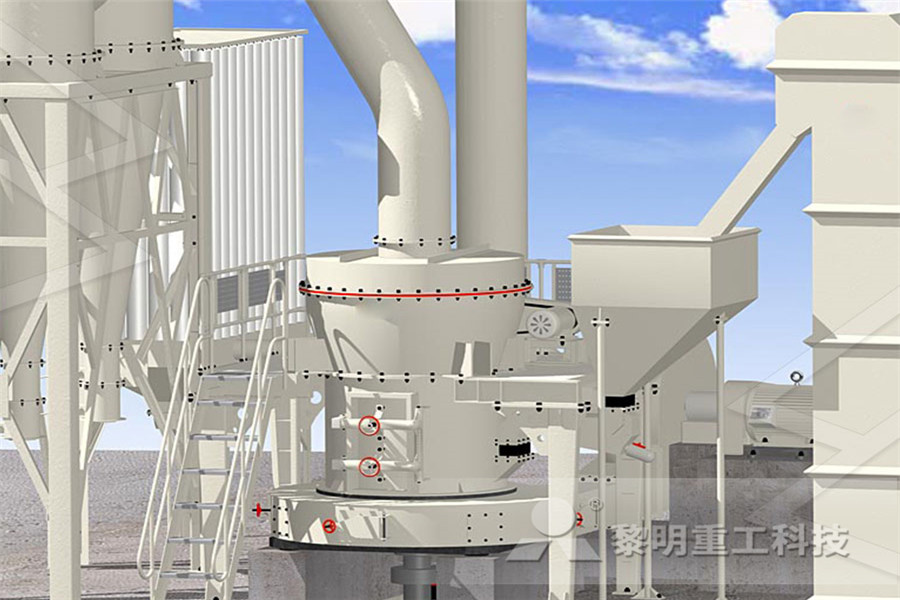
Psychologism (Stanford Encyclopedia of Philosophy)
Mar 21, 2007 Moreover, in both the general and the more specific domain, the discovery of laws is due to ‘the ordinary methods of experimental inquiry’ (1843, 853) Mill offers at least three different accounts of the contribution which the psychological science of reasoning makes to the art of reasoningThis method was advocated by J S Mill and involves the following procedure: In the first place, it assumes that there is relation between different elements of social life By the use of Taylor’s method of tracing adhesions, we inquire what elements in social life are functionally correlatedImportant Methods and Techniques of Sociology